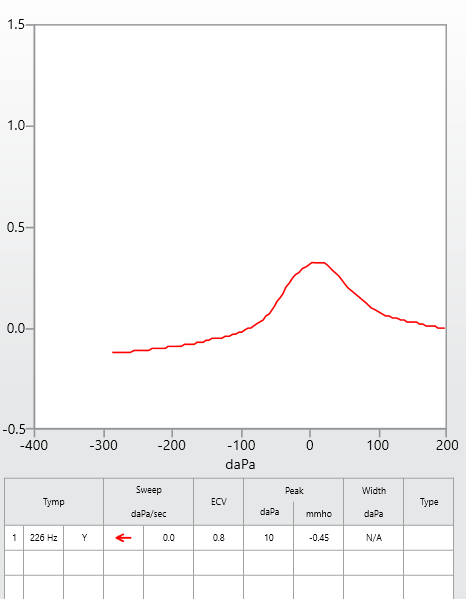Understanding Tympanograms
Tympanograms are essential tools in audiology that help assess the function of the middle ear. By measuring the movement of the eardrum in response to changes in air pressure, tympanograms can provide valuable insights into various ear conditions. Different types of tympanograms indicate specific issues, allowing audiologists to tailor treatment plans effectively.
What is a Type A Tympanogram?
 A Type A tympanogram indicates normal middle ear function. The eardrum moves freely, suggesting no fluid or blockage in the ear. This type is often seen in healthy individuals and is a sign of good auditory health.
A Type A tympanogram indicates normal middle ear function. The eardrum moves freely, suggesting no fluid or blockage in the ear. This type is often seen in healthy individuals and is a sign of good auditory health.What does a Type B Tympanogram signify?
 A Type B tympanogram suggests fluid in the middle ear or a perforated eardrum. The eardrum does not move as expected, indicating potential issues such as otitis media or eustachian tube dysfunction.
A Type B tympanogram suggests fluid in the middle ear or a perforated eardrum. The eardrum does not move as expected, indicating potential issues such as otitis media or eustachian tube dysfunction.What is a Type C Tympanogram?
 A Type C tympanogram indicates negative pressure in the middle ear, often due to eustachian tube dysfunction. This can lead to discomfort and may require further evaluation or treatment.
A Type C tympanogram indicates negative pressure in the middle ear, often due to eustachian tube dysfunction. This can lead to discomfort and may require further evaluation or treatment.What does a Type As Tympanogram mean?
 A Type As tympanogram shows a stiff eardrum, which may indicate otosclerosis or other conditions affecting the ossicles. This type requires careful assessment to determine the best course of action.
A Type As tympanogram shows a stiff eardrum, which may indicate otosclerosis or other conditions affecting the ossicles. This type requires careful assessment to determine the best course of action.What is a Type Ad Tympanogram?
 A Type Ad tympanogram indicates a hypermobile eardrum, often due to a disarticulated ossicular chain or a previous tympanic membrane perforation. This condition may require surgical intervention.
A Type Ad tympanogram indicates a hypermobile eardrum, often due to a disarticulated ossicular chain or a previous tympanic membrane perforation. This condition may require surgical intervention.
The Importance of Tympanometry
Tympanometry is a crucial part of hearing assessments at Audiology First. By understanding the different types of tympanograms, we can help family physicians and otolaryngologists accurately diagnose and treat various ear conditions, ensuring optimal hearing health for our patients.
